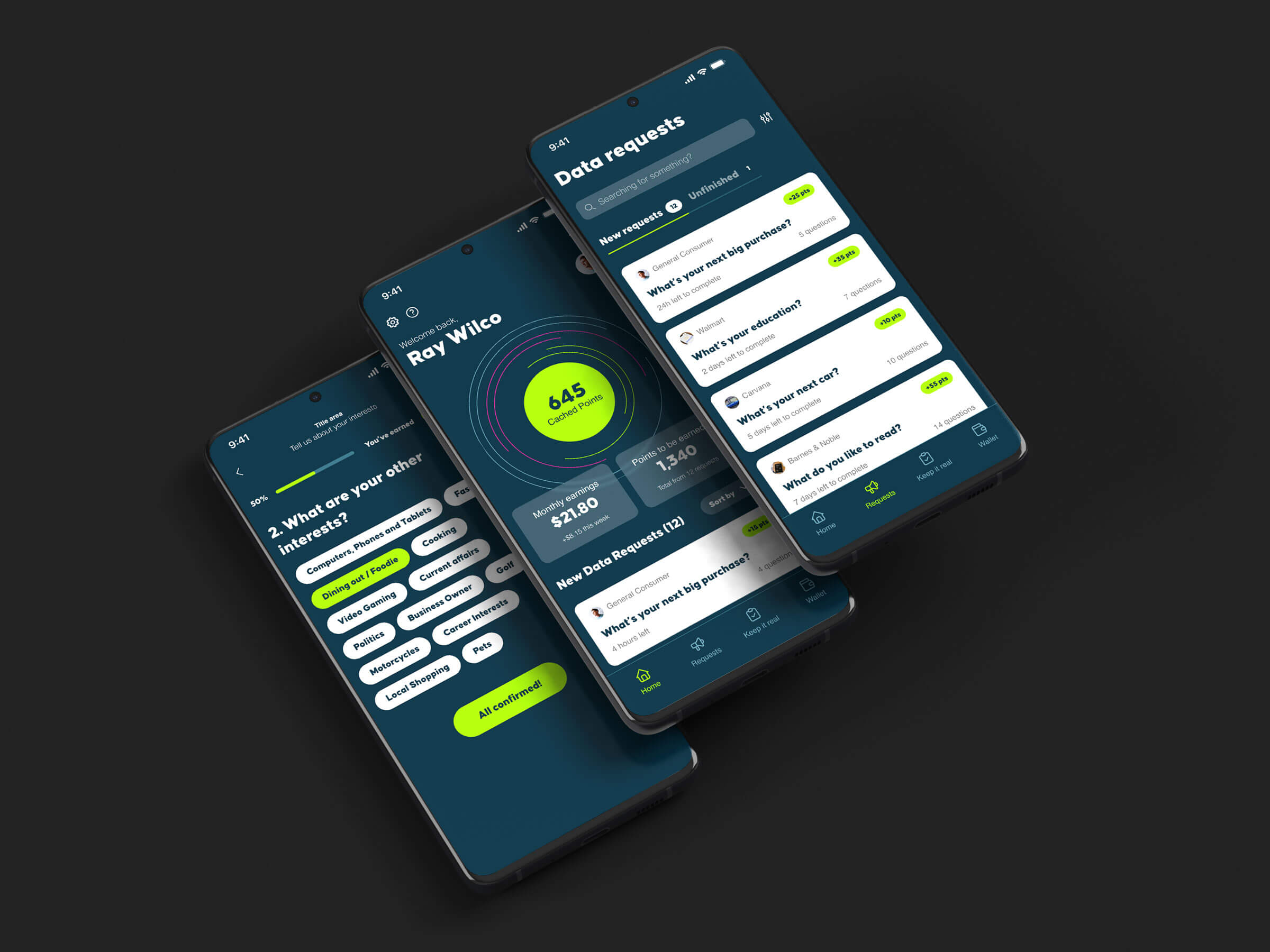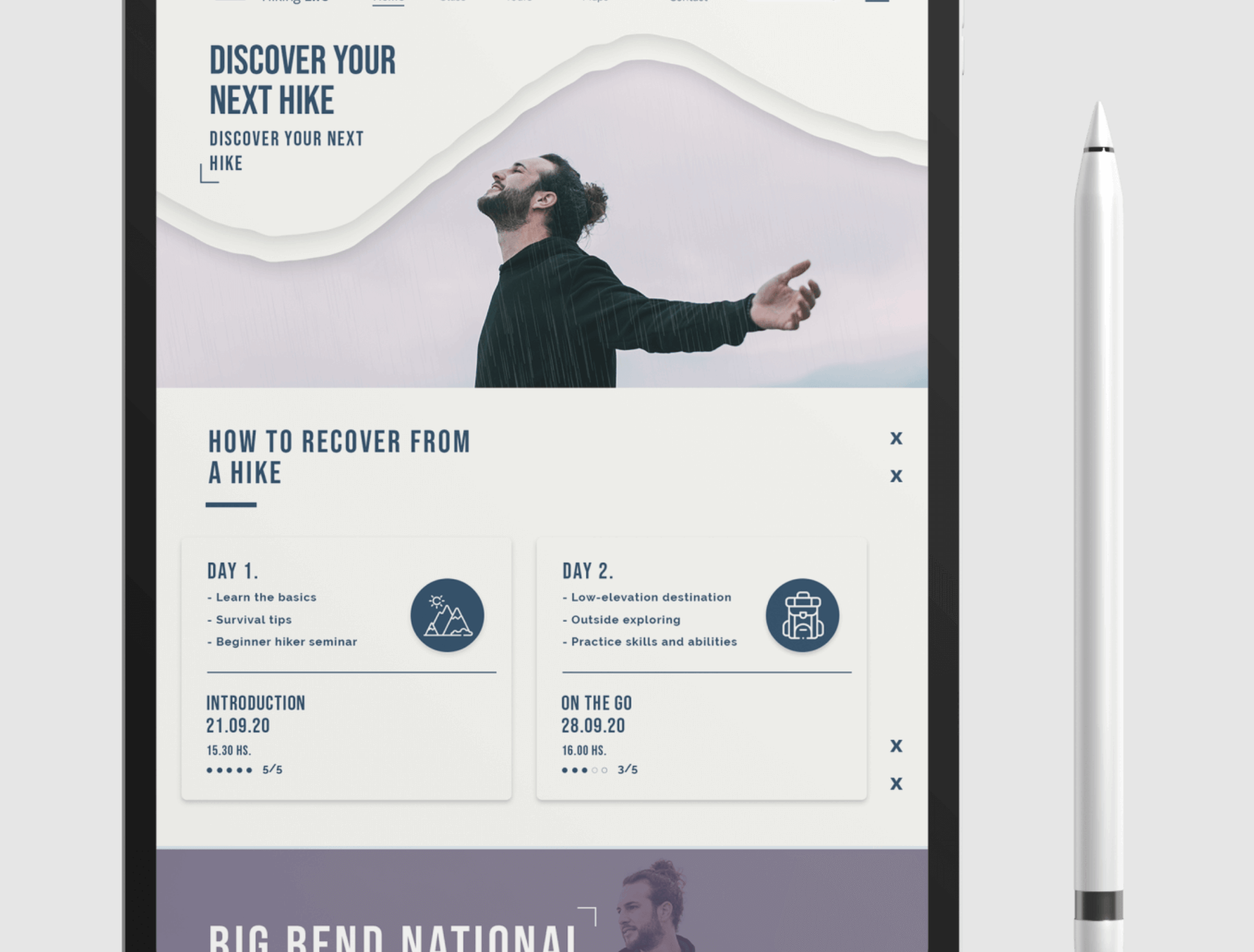Nearshore Mobile App Development in Mexico: Benefits and Barriers to Entry
In this blog, we analyze the current mobile development landscape and offer insight and data as to why nearshore mobile app development will be a driver of success in years to come.
Global investment in mobile applications has increased in recent years, with $73 billion in VC funding invested in mobile-first companies in 2020. In the same year, businesses with a mobile solution accounted for 26% of total global funding, and upward trends in the mobile app space show no signs of tapering.
The reasons for this are clear. Mobile applications help attract venture capital investment, strengthen product-user relationships, and drive recurring revenue for both service and product businesses. Whether a company’s mobile application facilitates transactions, provides entertainment, allows for account management, or encourages personal health and wellness, mobile applications play a vital role in the digital strategy for many companies. In fact, 30% of SMBs claim that a mobile app helped them gain new customers by creating a seamless and native user experience that’s predictable, performant, and easy to access.
However, companies still face substantial barriers when entering the market. This is particularly true as costs of development rise, more players increase the competition, and the domination of free apps present challenges to monetization.
To tip the risk-reward balance in their favor, companies – particularly those based in California – are turning to nearshore mobile app development in Mexico as the answer.
The cost of mobile app development and the opportunity nearshore mobile app development presents
Before we explore the benefits Mexico presents for companies, it’s important to understand the state of affairs in the US when it comes to mobile app development.
It’s difficult to estimate how much a mobile app will cost as no two mobile applications are alike. The function and complexity of applications differ significantly, meaning the cost of building a mobile app could range from from $50,00 to $400,000. In other words, there’s no definitive answer to the cost of mobile application development. This is because of the varying technologies involved (front end technologies, API’s, microservices, etc.), the development process, and the overall functionality, features, size and scope of the product, to name just a few.
That said, when comparing common software development rates, the cost of mobile app development in the US is in the range of $100-150 per hour. When dealing with Mexico, however, it can be as low as $40 an hour, representing a substantial cost in savings when companies are looking to hire mobile application development teams in Mexico for medium to large scale projects.
Nearshore vs. offshore mobile app development
For companies based in California or the US in general, mobile app development in Mexico would be considered nearshore rather than offshore. For offshore development, companies based in the US would typically be dealing with developers based in countries in Asia, Eastern Europe, etc.While offshore app development offers similar cost benefits, companies often face other roadblocks and challenges. The cause of these challenges are overwhelmingly because of the distance – and the implications are broad.
Challenges of offshore development
Take, for example, the logistical challenge of time. It would be midnight in San Francisco as developers in Poland or nearby countries are just beginning their day, making it difficult to form a cohesive team, communicate requirements, review timelines, etc. With an offshore development team, changes, feedback, and collaborative processes take longer, cutting into potential savings that motivated a company to outsource offshore in the first place.
Beyond logistical issues, companies that operate on an offshore development model rather than nearshore, generally face greater language barriers, potential cultural issues (in terms of communication standards, etc.), potentially high turnover rates of up to 40% a year, unfamiliar tax or compliance laws, and an overburden of administration and documentation to start an operation.
Benefits of nearshore mobile app development in Mexico
Nearshore mobile app development, particularly in Mexico, naturally cuts down on many of these issues, alongside providing access to a considerable talent source. While the cost-saving benefits remain, there is a two-hour difference in time zones for West coast US companies and a one hour time zone difference for East Coast based companies dealing with development teams operating in Mexico city and Guadalajara, which impacts all of the factors mentioned above.
The key benefits of Mexico when compared to an offshore alternative are:
Strong emphasis on STEM subjects
Mexico’s education system has a strong emphasis on STEM subjects, producing more graduates than the United States. It is among the top 10 countries for STEM graduates in the world and there is a wide degree offering.
A large talent pool
Given the emphasis on STEM subjects within the higher education system in Mexico, there is a large talent pool of developers to draw on. With approximately 130,000 engineers graduating every year, companies can draw on a large aggregate pool of engineers and technical personnel with years of professional training and relevant work experience.
Improving language skills
A 2016 report showed that nearly 24 million people study English in Mexico, with many national programs, universities, boot camps and other institutional language programs aimed at boosting professional language skills.
Are there barriers to nearshore mobile app development in Mexico?
Companies that want to tap into the talent present in Mexico will face several barriers, particularly when setting up operations.
Getting started
If your business is based in the United States, you will need to complete three primary steps to be able to pay your employees. These steps can take weeks to months and doesn't include the digital infrastructure, legal fees, and time it takes to set up a new operation in Mexico.
- Register with the National Registry of Foreign Investment. This must be done within 40 days of business activity or formal registration. See the linked document for more details.
- Acquire your business’ tax identification card. This can be done from the Federal Taxpayers Registry.
- Register as an employer in the Mexican Social Security.
These are the minimum first steps and it is important to carry them out with due diligence.
Tax responsibilities
In Mexico, both the employer and employees must pay tax in order to be compliant. For personal income tax, employees pay between 20-30% and companies are responsible for around 38.5% of an employee’s salary. The employer’s tax burden goes toward public sector provisions, such as social security.
Reducing turnover
There is always a risk of high turnover with displaced teams and understanding the country’s expectations in terms of working standards, benefits, etc., can allow you to meet or exceed these obligations. Providing a higher standard of care is an effective method in reducing turnover.
Working standards
Employment law in Mexico states that a standard week is 48 hours long over six days. Workers are only entitled to one rest day and must be paid proportionately for extra hours worked.
This exceeds the International Labour Organization’s recommendation of 40-hour work weeks, established in 1935. Many companies choose to conform with these requirements as they find it promotes a better work-life balance and improves morale.
PTO
After one year’s employment, Mexican employees are entitled to just six vacation days a year, although this does rise by two additional days for each subsequent year. Once they reach 14 days (after five years), two more days are added every five years. So, employees who have been working between 25 and 29 years are entitled to up to 22 days of paid vacation.
No two companies are the same, but providing employees with ample vacation time is a net positive and can reduce turnover. The same holds true for other benefits, as added perks that go above and beyond normal expectations will increase loyalty.
Nearshore mobile app development in Mexico: Partnering with Asymm
At Asymm, we help our clients navigate the complexities of Mexican labor bureaucracies so they can tap into the talent pool and potential cost savings without the burdening amounts of legal and compliance administration required to start benefiting from nearshore software development. We specialize in the recruitment, compliance, and ongoing management of employees to provide our clients with maximum value and minimum disruption and overhead.
If you are considering developing a mobile app and want access to skilled, affordable developers based in Mexico, reach out to us today for more information.












